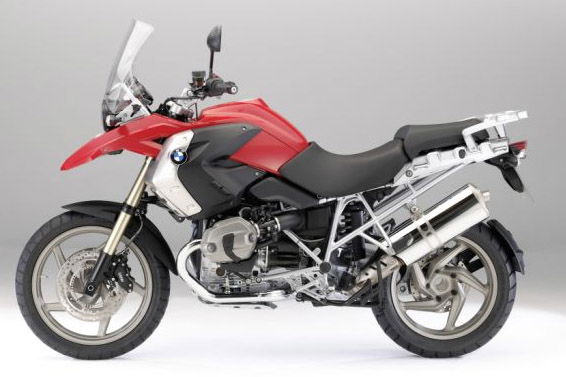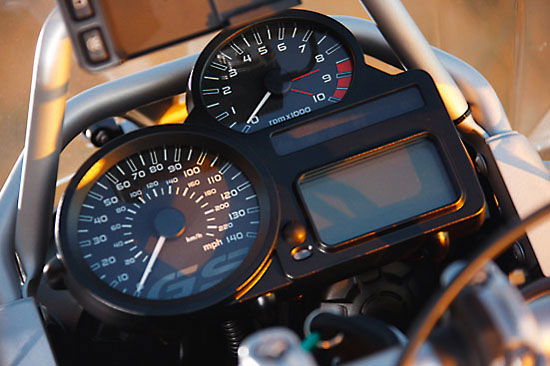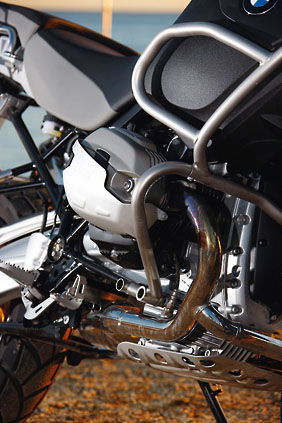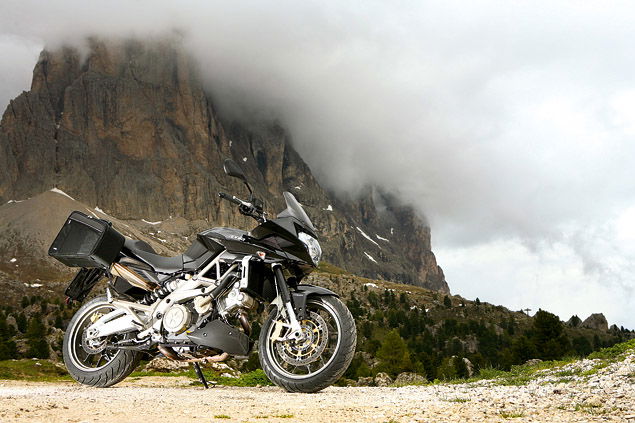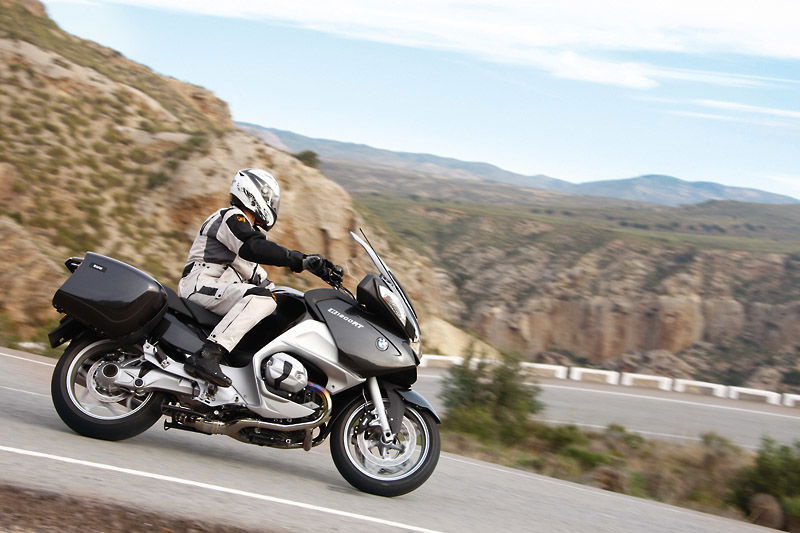2010 BMW R1200GS-ADV launch test review
The bike that defined the Adventure market gains some extra grunt for 2010 to help it deal with the rough terrain of the Gobi desert. Or a gravel drive in Epsom


Click to read: BMW R1200GS owner reviews, BMW R1200GS specs and see the BMW R1200GS image gallery.
BMW’s boxer engine is commonly described as dating back to the 1930s, the implication being that the horizontally-opposed twin has no place in the modern world. Odd, this, since as the lineage of the inline four favoured for most high-performance bikes goes back even further, but in any case those two massive cylinders jutting out in front of a boxer rider’s shins are an integral, unavoidable part of early 21st century biking. After all, they power more than half of the BMW motorcycles sold and are practically synonymous with adventure riding.
Riding any GS it is easy to see why the boxer layout suits the bike’s purpose; power delivery is punchy, there’s plenty of manageable torque from idle right through the midrange and, despite the need to place the crank high to keep the heads clear of the deck at full lean, weight feels low. Where the layout has always felt weak, however, is at the top end of the rev band, a point that even the newer ‘Hexhead’ 1200 felt a little breathless.
The new twin cam cylinder head introduced in the HP2 Sport goes a long way to address this. Making over 130hp in that application, the layout permits a higher redline of 8,500rpm, 500 up on the Hexhead, and uses larger valves with increased lift to make the most of it. Putting this twin cam radial valve heads from the HP2 Sport into the GS, GS Adventure and RT models was an obvious step and the same motor, detuned from the sportsbike, powers all three machines. Output is 110hp at 7,750rpm with maximum torque of 88ft.lb at 6,000rpm. Compared to the Hexhead, the valves are up in size, the inlets from 36mm to 39mm and the exhausts from 31mm to 33mm within the same bore. Compression ratio stays the same at 12:1 while the throttle bodies are up by 3mm at 50mm.
One intriguing difference with the HP2 Sport, which has 52mm throttle bodies, is the fitment of two spark plugs per cylinder as with the old Hexhead. Perhaps this is to help combust lower octane fuel; all three have knock sensors to allow the use of 95RON fuel.
The end result of all this tweaking is a hefty increase in torque – always the boxer’s strong point – at lower engine speeds along with a fatter shape to the torque curve. There are still a couple of dips in it, just as with the Hexhead, but with more torque everywhere they are hardly noticeable. These dips are more to do with emissions and noise testing, a problem that blights any manufacturer. The 110hp maximum is a power increase for the GS and Adventure although not for the RT, which had that already.
2010 BMW BMW R1200GS/ADV Specifications
Price £10,225 (£11,185 Adventure) Top speed 140mph
Engine 1,170cc, 8-valve, air-cooled boxer flat twin
Power 110bhp at 7,500rpm Torque 88lb.ft at 5,750rpm
Bore & stoke 101 x 73mm Compression ratio 12:1
Front suspension BMW Telelever Adjustment Spring preload
Rear suspension BMW Paralever Adjustment Compression, rebound and preload
Front brakes 2 x 305mm discs, four-piston calipers
Rear brake Twin-piston caliper, 265mm disc
Wet weight 229kg (Adv - 256kg)
Seat height 850mm (Adv - 910mm)
Fuel capacity 23l (Adv - 33l)
Colour options Red, Black, White, Grey (Adv - Yellow, Grey)
